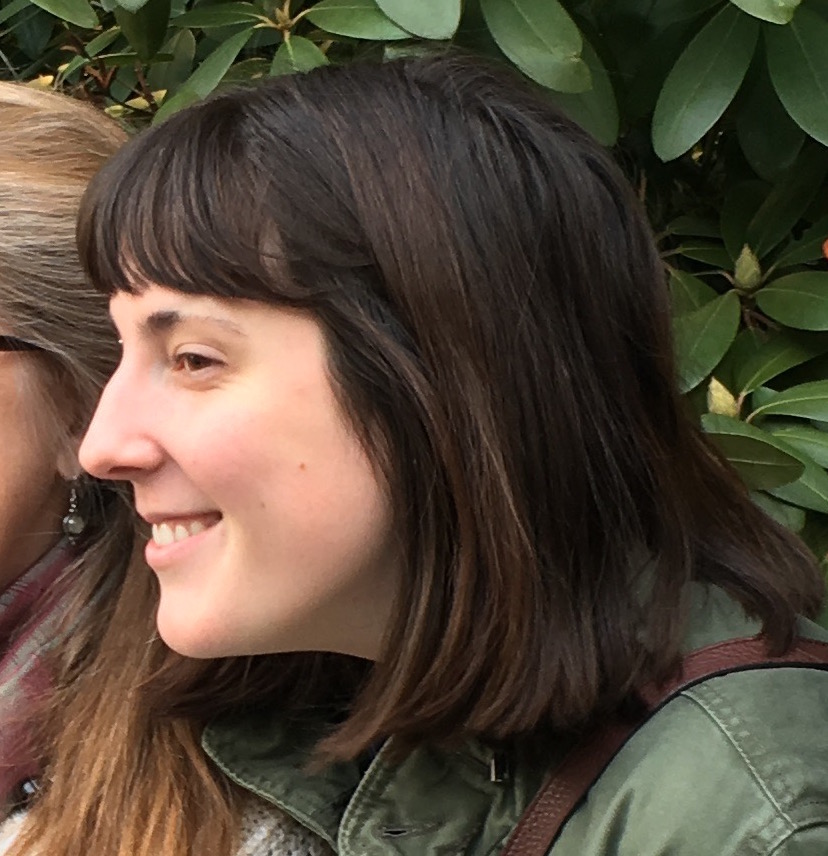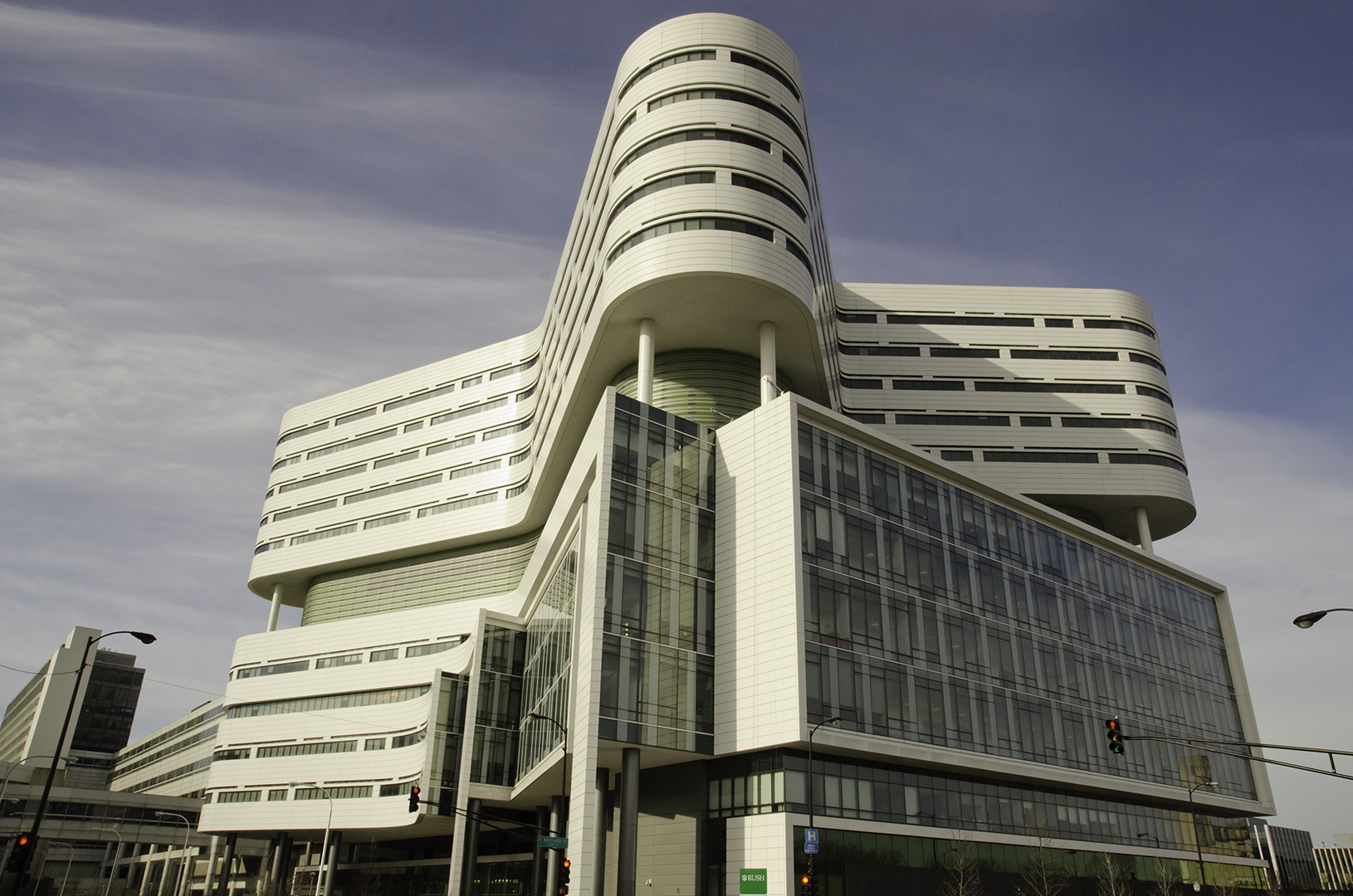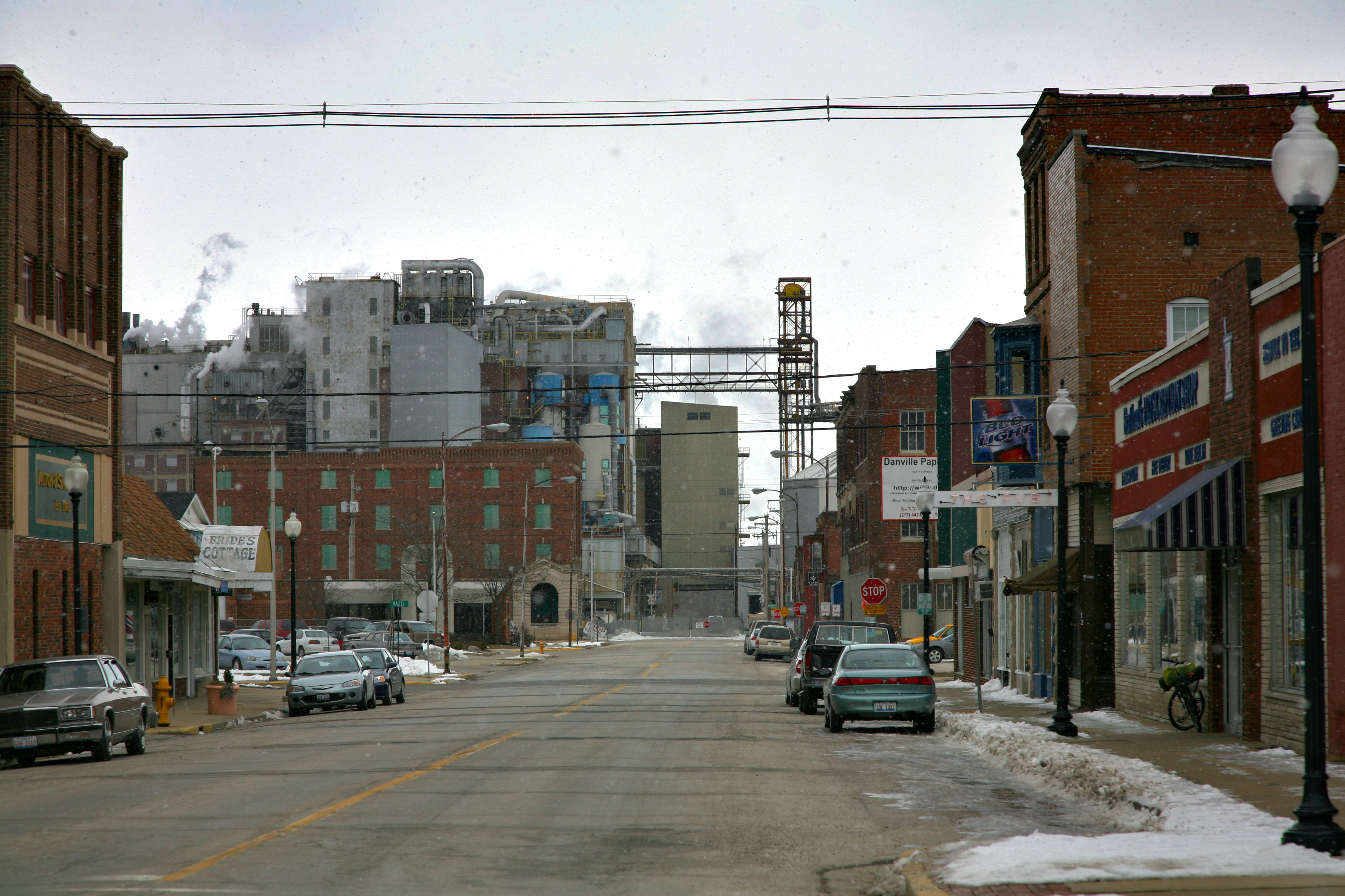Artist of the Month - Eliza Von Zerneck
- Details

Eliza Von Zerneck is a freelance illustrator and designer from Peoria. Her favorite medium to work in is acrylic paint. When her residency at the Prairie Center of the Arts was put on pause because of COVID-19, she found new ways to create art in her own home. Lately, she has been using scraps from my mom’s fabric trunk to make patchwork illustrations and soft sculpture pieces.
How long have you been an artist or when did you start?
I’ve been a fan of art much longer than I’ve been an artist. I scribbled with crayons and markers during school just like everyone else, and I loved being praised for my drawings by my teachers, but the real seeds were planted in the evenings when my parents would read me picture books. I couldn’t fathom how someone could create those intricate illustrations, but I loved looking at them while my mom read the words out loud.
New rankings place two Chicago hospitals in the top 20 nationwide
- Details
 Another Chicago hospital – Rush University Medical Center – has cracked U.S. News & World Report’s list of the top 20 hospitals in the country, joining Northwestern Memorial Hospital, who has been ranked the top hospital in the state for the ninth consecutive year.
Another Chicago hospital – Rush University Medical Center – has cracked U.S. News & World Report’s list of the top 20 hospitals in the country, joining Northwestern Memorial Hospital, who has been ranked the top hospital in the state for the ninth consecutive year.
Artist of the Month - Michelle Smith
- Details

Michelle Smith is a Springfield, Illinois artist. Smith recently won a The Ralph Lauren Design for good Polo shirt. Her design on the iconic polo can be viewed and purchased here: https://rlauren.co/2ZW0pse
What does being able to live and work in Illinois mean to you? As Illinois is all I really know, it has always been, and always will be home. I am very proud to be able to say, not only do I live and work in Illinois but I am born, raised, educated and STILL in Illinois!
Danville area rated most affordable small city for homeowners
- Details
 AdvisorSmith, an information resource for small business owners, has named Danville the most affordable small city out of 507 markets that the company studied.
AdvisorSmith, an information resource for small business owners, has named Danville the most affordable small city out of 507 markets that the company studied.
The firm used information collected from real estate website Zillow and the U.S. Census Bureau’s American Community Survey to estimate the weighted average housing price in each city.



